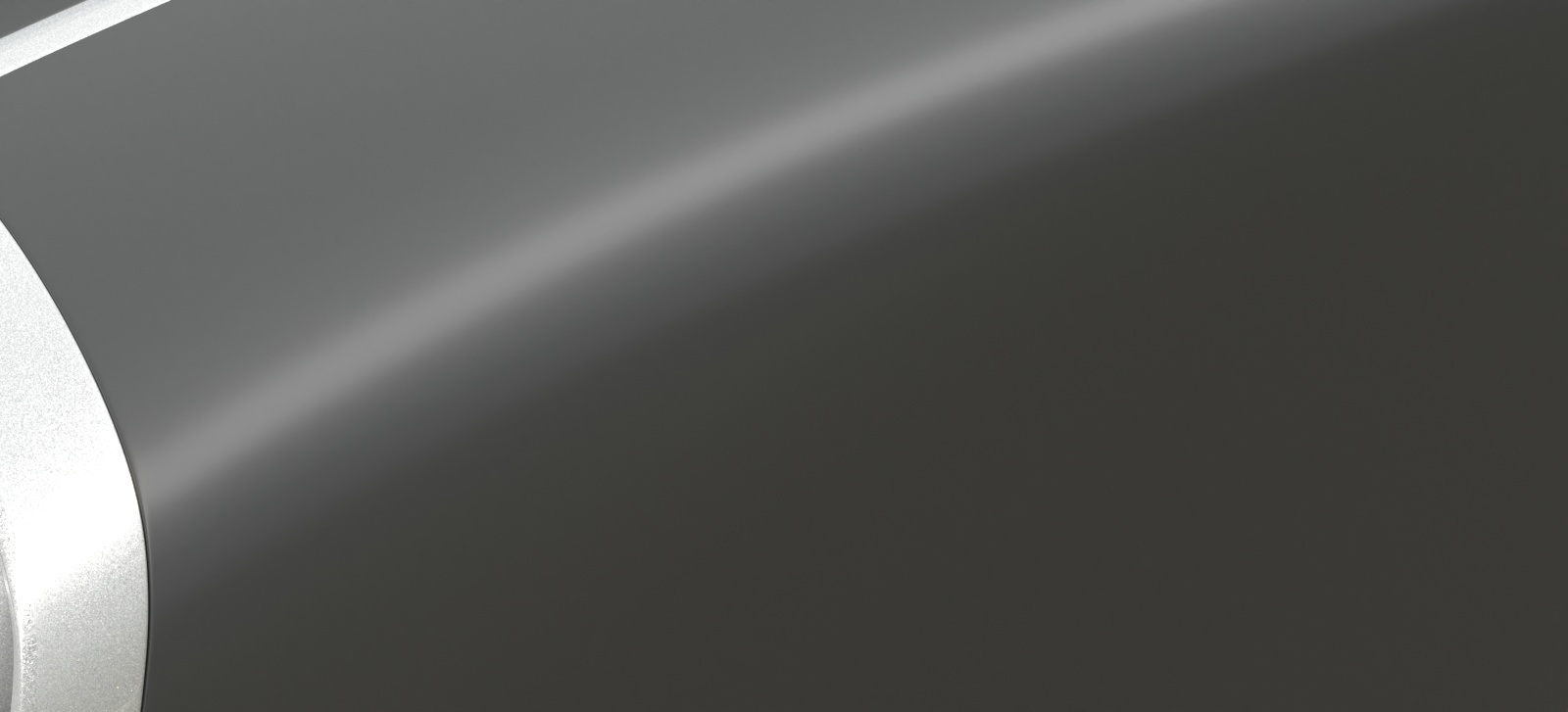Coat Color – Determines the coat layer's color. A texture can be attached to this slot. Texture – Specifies a texture file to be used for the coat layer. Mix Strength – Specifies a blend amount between the texture map and the coat color. Coat Amount – Specifies the blending weight of the coat layer. A value of 0 does not add a coat layer, while higher values blend the coat gradually. See the Coat Amount example for more information. A texture can be attached to this slot. Coat Darkening – The coat is darkened due to multiple reflections within it. This mimics the effect of coats such as varnish, which have this effect on their bases. The darkening effect increases as the Coat IOR increases, and there is no darkening if the base is white. Coat Glossiness – Controls the sharpness of reflection. A value of 1.0 means perfect glass-like reflection; lower values produce blurry or glossy reflections. See the Coat Glossiness example for more information. If the Use Roughness option is enabled, this parameter works as Coat Roughness. A texture can be attached to this slot. Coat IOR – Specifies the Index of Refraction for the coat layer. A texture can be attached to this slot. Coat Anisotropy(-1...1) – Determines the shape of the highlight for the coat layer. A value of 0.0 means isotropic highlights. Negative and positive values simulate "brushed" surfaces. A texture can be attached and mixed with this value. Coat Anisotropy Rotation – Determines the orientation of the anisotropic effect in a float value between 0.0 and 1.0 (where 0.0 is 0 degrees and 1.0 is 360 degrees). A texture can be attached and mixed with this value. |
|












